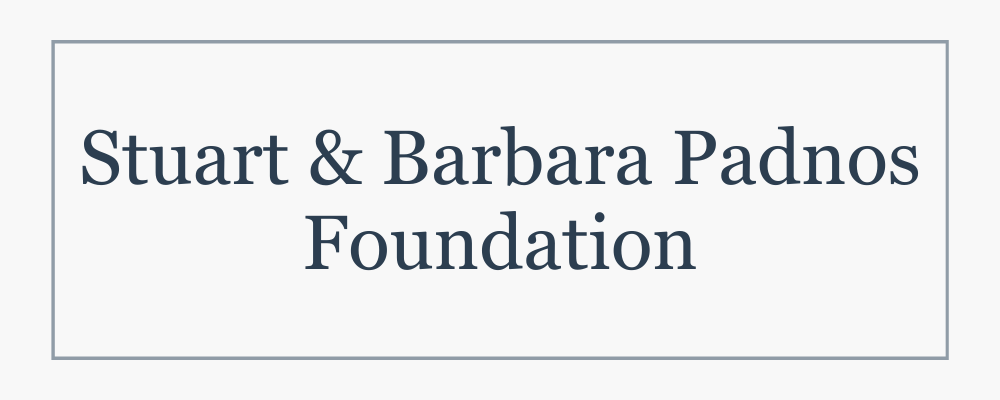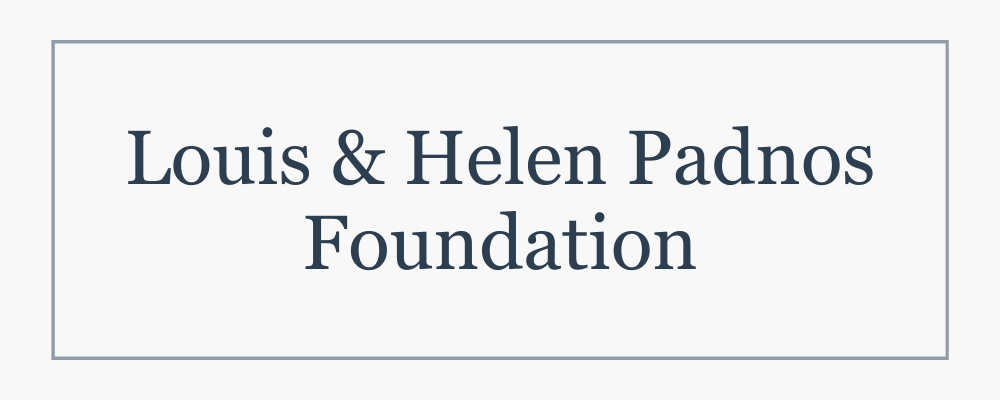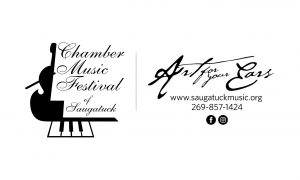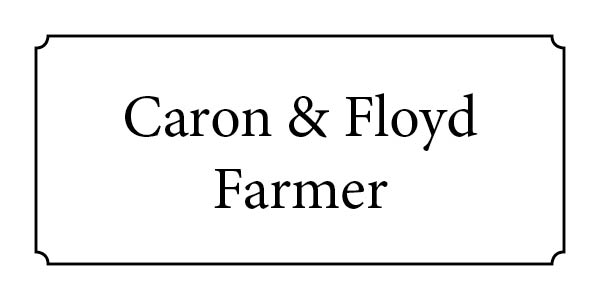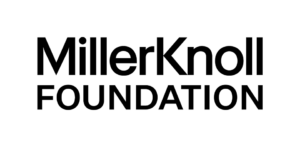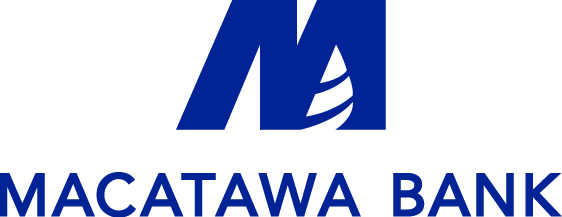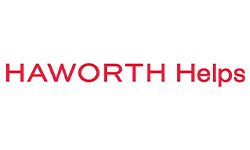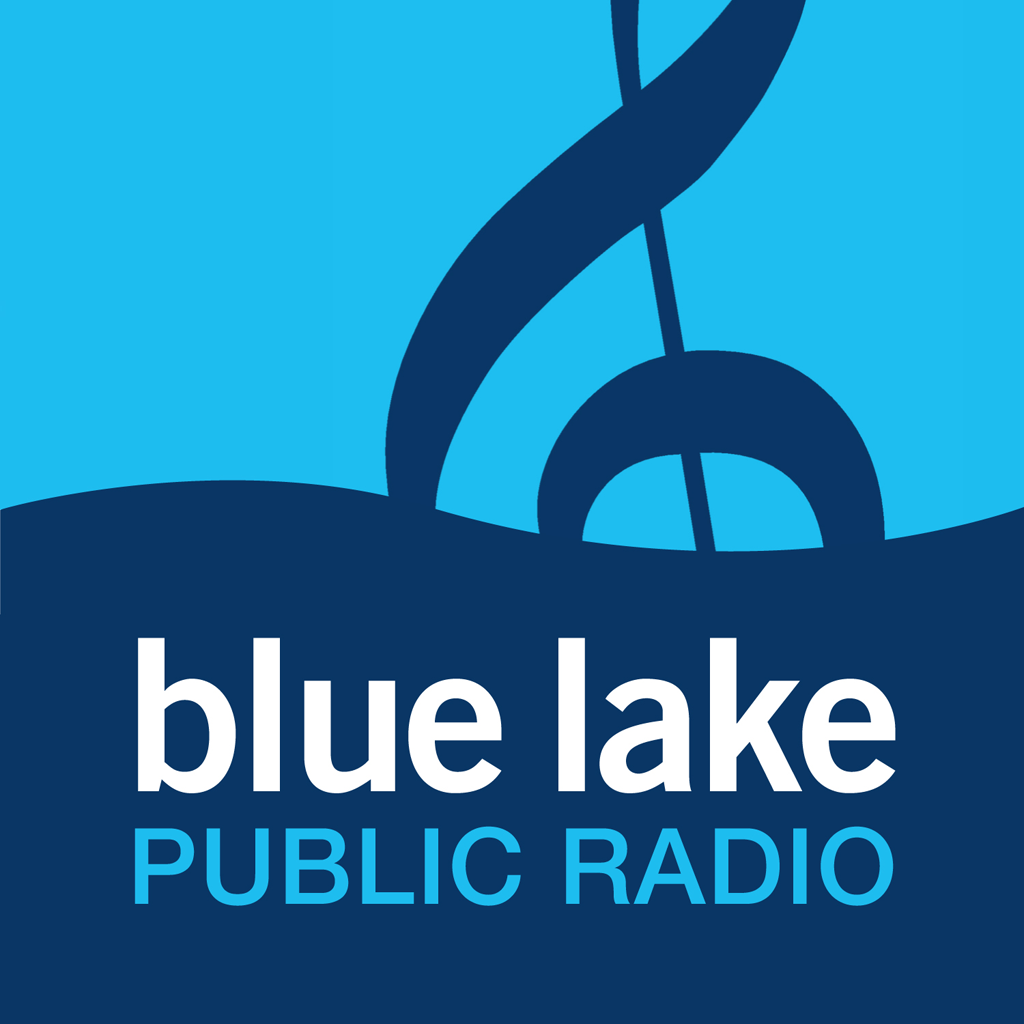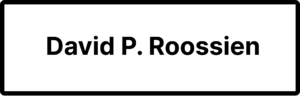

The Planets
Program
Saturday, September 30, 2023, 7:30 p.m.
Jack H. Miller Center for Musical Arts, Hope College
Johannes Müller Stosch, Music Director and Conductor
Alon Goldstein, Piano
Piano Concerto No. 5 in E-flat Major, Op. 73, "Emperor"
Ludwig van Beethoven (1770-1827)
Allegro
Adagio un poco mosso
Rondo: Allegro
Alon Goldstein, piano
Intermission
The Planets
Gustav Holst (1872-1934)
Mars, the Bringer of War
Venus, the Bringer of Peace
Mercury, the Winged Messenger
Jupiter, the Bringer of Jollity
Saturn, the Bringer of Old Age
Uranus, the Magician
Neptune, the Mystic
HSO’s opening night presents two masterpieces. World-renowned concert pianist Alon Goldstein will stun you with a performance of Beethoven's mighty “Emperor” piano concerto.
The second half will feature the raw power, colorful orchestration, and memorable tunes of Gustav Holst’s epic set of tone poems, The Planets.
Tickets are $28 for adults and $5 for students through college.
Learn more about the music…
We will be hosting not only the Classical Chat series at Freedom Village, but also Pre-Concert Talks! Details below:
Classical Chats at Freedom Village: These informative and fun talks are led by Johannes Müller-Stosch and take place at 3:00pm on the Thursday before each Classics concert. (Freedom Village, 6th Floor Auditorium, 145 Columbia Ave.)
Pre-Concert Talks: These talks, led by Johannes Müller-Stosch and Amanda Dykhouse, are online under the "Pre-Concert Talk" Tab.
New to the Symphony? Check out the Frequently Asked Question page…
Parking Map at the Miller Center
Holland Symphony Orchestra will reserve and monitor Lot 40 for handicapped parking. The faculty parking lots are available for parking after 5pm

Concerto No. 5 in E-flat Major for Piano and Orchestra, Op. 73, "Emperor"
Ludwig van Beethoven
Music donated by Doug & Jennifer Griffith
Born (Baptized): December 17, 1770, Bonn
Died: March 26, 1827, Vienna
Composed: 1809, Vienna
Premiered: November 28, 1811, in Leipzig
Approximate Duration: 40 minutes
Instrumentation: 2 flutes, 2 oboes, 2 clarinets, 2 bassoons, 2 French horns, 2 trumpets, timpani, strings
The year 1809 was difficult for Vienna and for Beethoven. In May, Napoleon invaded the city with enough firepower to send the residents scurrying. Beethoven retreated into the basement of his brother’s house. The bombardment was close enough that he covered his deaf ears with pillows to protect them from the din. On July 29, he wrote, “We have passed through a great deal of misery. I tell you that since May 4th, I have brought into the world little that is connected; only here and there a fragment. The whole course of events has affected me body and soul.... What a disturbing, wild life around me; nothing but drums, cannons, men, misery of all sorts.” Austria’s finances were in shambles, and Beethoven barely received any of the annual stipend he had been promised by several noblemen who supported his work. Yet by the end of that year, Beethoven had completed his “Emperor Concerto."
Beethoven himself did not label the concerto the “Emperor,” and probably never heard it labeled as such. Even though he had originally dedicated his Symphony No. 3, “Eroica,” to Napoleon, by 1809 the ruler had fallen from Beethoven’s esteem. Beethoven remarked to a student, “This man will trample the rights of men underfoot and become a greater tyrant than any other.” There are many explanations for this title. It may have been tacked on by an early publisher or pianist because of the grand character of the work. Perhaps it came from a French officer, who allegedly exclaimed at the première, “C’est l’Empereur!” The most likely exclamation is that the Viennese premiere took place at a celebration of the Emperor’s birthday.
Beethoven departed from the norm with this concerto by having the soloist enter right at the beginning of the piece. After a few grand chords, the soloist plays a cadenza. Then the orchestra proceeds into the customary opening “tutti.” The first theme is martial in character. The second, contrasting theme, in E-flat minor, is a soft step-wise slow “march” immediately reprised in E-flat major as a beautiful melody played by two horns. The piano then repeats all this exposition material, accompanied by the orchestra. Toward the end of the movement, the point at which soloists would ordinarily play their own cadenzas, Beethoven wrote into the piano part, “Do not play a cadenza, but begin immediately what follows.” At this point, he supplied a written-out solo passage that begins the coda. Since this was the first of his concertos that Beethoven himself did not play, he wanted to have more control over the finished product, and so he prescribed exactly what the soloist was to do. Eventually this became the standard method used by most composers in their concertos.
The second movement begins with a chorale for strings in the surprising key of B Major. Beethoven originally wrote this tune for a military band. The piano responds to the chorale with an expressive second theme that moves faster than the chorale. The two motions are then combined as the piano takes over the chorale melody (the strings play along pizzicato). Here the melody’s slow quarter-notes are accompanied by the faster triplets derived from the second theme. After a further variation where the motion intensifies (the triplets are replaced by faster sixteenth-notes), the music comes to a halt on the note B. Beethoven simply lowers this note by a half-step to B-flat, to prepare the return of E-flat major in the last movement.
There is no pause between the second and third movements. Beethoven introduces the Finale theme in a slow tempo at the end of the second movement. The piano hesitatingly plays two measures of ascending E-flat major harmonies amidst an atmosphere of suspense, followed immediately by an exuberant restatement of the same material as the main theme of the Finale. This buoyant, hunting-theme unfolds as a boisterous rondo. The rondo theme is repeated four times, interspersed with variations by soloist and orchestra. In the coda, the piano part grows ever slower and quieter, with only the timpani as accompaniment. Once it reaches a slow tempo, the music suddenly accelerates again and the piano and orchestra dash to the concerto’s grand conclusion.
To watch a video of Alon Goldstein playing the first movement, click here.
To watch a video of Alon Goldstein playing the second and third movements, click here.
The Planets, Op. 32
Gustav Holst
Music donated by David Heuvelhorst, in memory of James and Henrietta Heuvelhorst
Born: September 21, 1874, Cheltenham
Died: May 25, 1934, London
Composed: 1914-1916
Premiered: September 29, 2928, London
Approximate Duration: 51 minutes
Instrumentation: 3 flutes, piccolo, 3 oboes, English Horn, 3 clarinets, bass clarinet, 2 bassoons, contrabassoon, 4 French horns, 3 trumpets, 3 trombones, tenor tuba, bass tuba, 2 timpani, 2 harps, percussion [bass drum, chimes, cymbals, glockenspiel, snare drum, tambourine, tamtam, triangle, xylophone], celeste, organ, female chorus, strings
Gustav Holst was born into a very musical family and showed early promise as a concert pianist, organist, and choirmaster. He also played the violin and trombone. After neuritis in his right arm put an end to his solo career, he pursued composition, teaching, and choir directing. Like his friend Ralph Vaughan Williams, Holst sought to infuse his music with English folk music and wrote pieces in a cosmopolitan, accessible style.
Sometime after the turn of the century, Holst became fascinated by astrology. Initially he was reluctant to speak of this, though he admitted that his “pet vice” was reading horoscopes for his friends. Ultimately he transformed this interest into his best-known work, The Planets, written between 1914 and 1917. This large suite of subtly interrelated tone poems, or as Holst preferred, “mood pictures,” depicts the astrological characters of seven planets in our solar system and their influence on human character, though a few mythological and astronomical elements enter in as well.
World War I was on the horizon when Holst wrote Mars, the Bringer of War in August, 1914. Strings begin this strange march in 5/4 meter by tapping their strings with their bow sticks. Brass and percussion soon dominate, sounding brutal and implacable chords over a relentless martial ostinato. After a dissonant climax, the machine pauses desolately for a moment, only to push towards a devastating conclusion. Holst instructed that "Mars" be played as fast and brutally as possible.
A solo horn summons Venus, the Bringer of Peace. In The Principles and Practices of Astrology, Noel Tyl writes that, to astrologers, “when the disorder of Mars is past, Venus restores peace and harmony.” This movement is total contrast: a calm, tranquil reverie, set far from the scene of any conflict. The dominant instrumental colors come from flutes, harps, celeste, and high violins.
Mercury, the Winged Messenger, follows. In this scherzo, it is easy to imagine Hermes, deity of dreams and conductor of the dead, clad in his winged cap and sandals. To astrologers, Mercury is “the thinker.” Holst associated this character with the process of human thought. He uses chuckling woodwinds, darting strings, and tinkling celeste and glockenspiel to portray this character with music that is unstable, mercurial, and nervously changeable in meter and harmony.
The most massive of the Planets is Jupiter, the Bringer of Jollity, named for the light‑bringer, the rain‑god, the god of thunderbolts, of the grape and the tasting of the new wine, of oaths, treaties, and contracts. The opening and closing sections were inspired by Edwardian vaudeville, folk songs, and dance halls. In the central section, the strings introduce a stately, British melody evoking a more ceremonial type of rejoicing. Holst later gave this tune words and it became the English patriotic hymn, "I Vow to Thee, My Country."
As we get farther out in the solar system, the character of the music gets noticeably stranger. Saturn, the Bringer of Old Age was Holst’s favorite movement. Harps and flutes toll the relentless passing of time under restless melodic fragments, perhaps representing the uncertain early stages of life. Then a solemn march builds slowly to a harsh climax, portraying the struggles and heartbreaks of maturation. Another march, even more bowed with age, starts in the flutes and grows to a mighty climax above the heavy thud of timpani and low strings. The movement ends in the wisdom of later years, with its serene acceptance of imperfection and mortality.
Another scherzo, Uranus, the Magician, opens with a magician’s incantation played three times by trumpets and trombones, then tubas, then timpani. In astrology, Uranus rules invention, innovation, and astrology itself. This movement is full of magic, menace, and mischief with troll-like bassoons and mocking, heavy-footed marches. A serene vision of Neptune interrupts, then with a sardonic laugh the magician utters a final incantation before the apparitions disappear into the night.
Once again in 5/4 meter, Neptune, the Mystic completes the circle begun by “Mars.” In astrology, Neptune means confusion and mystic rapport with other worlds. In Holst’s lifetime, Neptune was thought to be the most distant planet in our solar system, invisible to the naked eye, so to Holst it represents distance, mystery, and unanswerable questions. This slow movement has a swaying, irregular meter, and is softly dissonant in harmony. Holst uses weaving flutes, high violins, celesta, and harps to conjure a cool, distant world and state of mind, beyond ordinary human understanding. An ethereal women’s chorus sings wordlessly offstage in mysterious, overlapping lines. In the final bars, the orchestra falls silent and the voices echo, over and over, until they fade into silent infinity.
To watch a video of The Planets, click here.
Alon Goldstein is one of the most original and sensitive pianists of his generation, admired for his musical intelligence, dynamic personality, artistic vision and innovative programming. He has played with the Philadelphia orchestra, the Chicago Symphony, the San Francisco, Baltimore, St. Louis, Dallas, Houston, Toronto and Vancouver symphonies as well as the Israel Philharmonic, London Philharmonic , Los Angeles and Radio France Orchestra. He played under the baton of such conductors as Zubin Mehta, Herbert Blomstedt, Vladimir Jurowski, Rafael Frübeck de Burgos, Peter Oundjian, Yoel Levi, Yoav Talmi, Leon Fleisher and others.
This upcoming season Mr. Goldstein will be performing in cities across the world including New York (Rockefeller university and Salon di Virtuosi), Ravinia Festival, Vienna (Bösendorfer salon), Berlin (Salon Christophori), including return engagements with the Haifa Symphony, Jerusalem Camerata, Bach festival Orchestra and Shreveport Symphony. He will make his debut with the Portland Symphony and the Orquestra Filarmonica Minas Gerais in Brazil playing Brahms Concerto no. 2, as well as with the Bogota Philharmonic playing Mozart Concerto no. 25. Mr. Goldstein will also continue his highly acclaimed recording project for the Naxos label of all piano concerti by Mozart, with the Fine Arts Quartet. The upcoming recording will feature Concerti nos. 19 and 25. The last season saw the release of two CDs on the Naxos label: Mozart Piano Concerti Nos. 9 and 17 with the Fine Arts Quartet (a follow-up to their two critically acclaimed recordings of Nos. 20 & 21 and Nos. 23 & 24) and Scarlatti 19 Piano Sonatas.
During the 2019-2020 season Mr. Goldstein performed Beethoven’s "Emperor” Concerto at the New Year concert with the Beijing Symphony at the Forbidden City Concert Hall. He returned to play with the Kansas City, Ann Arbor, Illinois, Spokane, Bangor, Augusta, and Pensacola Symphony Orchestras, as well as a performance of Beethoven’s Emperor Concerto on fortepiano with Mercury Houston. He played Bernstein's "Age of Anxiety" with the Jerusalem symphony as well with the Xalapa Symphony in Mexico to celebrate the composer’s centennial, and performed the New Year’s concert with the Beijing symphony in China. He gave recitals and chamber music, including tours with the Goldstein-Peled-Fiterstein Trio, the Tempest Trio, and the Fine Arts Quartet at the Mendelssohn International festival in Hamburg Germany, as well as in Cleveland, Washington DC, New York, Burlington, Key West, Sarasota, Melbourne, Duluth, and other cities.
Other recent highlights include appearances with the Indianapolis Symphony as part of a Prokofiev Festival performing the composer's Piano concerti nos.1&4, as well as a 17-concert Latin American tour with the Israel Chamber Orchestra including concerts at Teatro Colón in Buenos Aires, Teatro de Bellas Arts in Mexico city, Teatro Nacional in San Jose, Teatro Solis in Montevideo etc. He also played with the Chicago Symphony at Ravinia, and at the prestigious Ruhr Piano Festival in Germany performing Mozart, Britten and Poulenc in one evening with Leon Fleisher, his former teacher, conducting. He gave the premiere of Lost Souls with the Kansas City Symphony and Michael Stern written for him by the noted Israeli composer Avner Dorman and debuted with the London Philharmonic Orchestra and Vladimir Jurowski.
A passionate advocate for music education, his recent teaching engagements have included the Steans Institute of the Ravinia Festival, International Keyboard Festival and Institute in New York, Music@Menlo, The Gilmore Festival, Piano Texas, PYPA in Curtis, International Piano Festival in Gijon Spain, and "Tel Hai” masterclasses in Israel.
Mr. Goldstein was recently honored with the "Society of Scholars" award given to him by his alma mater - the Johns Hopkins University. This was given in recognition of his accomplishments and contributions over the years. He serves as the Artistic Director of the "Lieven Piano Foundation” summer school in Vienna, as well as the Artistic Director of the Mt. Angel Abbey Bach Festival in Oregon, and Co-Director of The Distinguished Artists Concert & Lecture Series in Santa Cruz, CA. He created the Emerald Coast Music Alliance, whose annual festival in Florida is devoted to sharing the beauty of classical music to under-served communities, at no charge. Last year the festival featured 12 musicians performing 63 concerts. He received his undergraduate degree from the Tel Aviv University where he studied under Prof. Victor Derevianko and Prof. Arie Vardi. He went on to study at the Peabody Conservatory of Music with Leon Fleisher and was his teaching assistant. He received scholarships from the America Israel Cultural Foundation. Following his graduation he became a "Performer Fellow” at the Guildhall School of Music and Drama in London where he initiated chamber music concerts involving staff and students, as well as an annual festival dedicated to the piano duet repertoire. He was an artist in residence at the "Theo Lieven” piano academy in Como Italy. He currently holds the position of "Distinguished Visiting Professor” at the University of Missouri - Kansas City.
To listen to the pre-concert talk, click here.
- This event has passed.
Details
- Date:
- September 30, 2023
- Time:
-
7:30 pm - 9:30 pm
- Cost:
- $28
Venue
- Jack H. Miller Center for Musical Arts at Hope College
-
221 Columbia Ave.
Holland, MI 49423 United States + Google Map
Organizer
- Holland Symphony Orchestra

